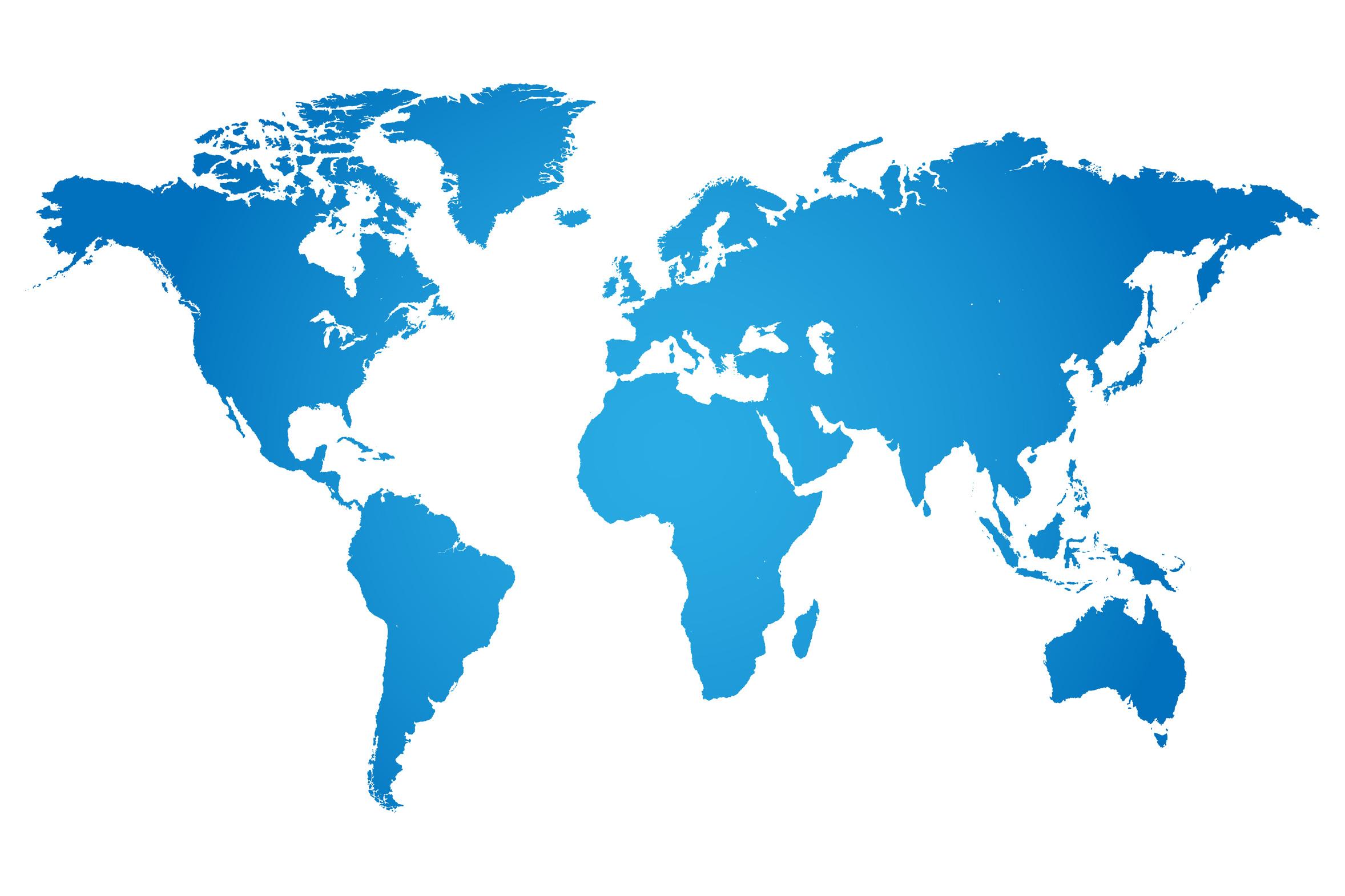Press Releases Archive
06.11.2018
Global language diversity reflects the natural environment
University of Tübingen linguists investigate environmental factors influencing language evolution
There are more than 7000 languages spoken in the world today. If you ask different linguists about the causes of this diversity, you can expect a multitude of answers. To shed light on the issue, a team of international researchers has investigated how social and geographical factors as well as the climate have affected the spread of language families.
The team includes Christian Bentz and Gerhard Jäger of the University of Tübingen’s Institute of Linguistics the University of Tübingen, Dan Dediu of the Collegium de Lyon and the Max Planck Institute for Psycholinguistics in Nijmegen, as well as Annemarie Verkerk, who is based at the Max Planck Institute for the Science of Human History in Jena. The researchers investigated 46 language families in connection with data on their statistical correlation with the environment and climate of their regions. In most cases, language diversity could not be explained solely by a constant rate of change driven by random processes. Rather, it seems that varying environmental factors in different parts of the world have played a role in the pace of development of a language family, and on how quickly its members diverged. Such factors could include the size of the population speaking the language – or the place they lived in. The study has been published in Nature Human Behavior.
Most linguists would agree that diversification is related to variance in how we individually use language, magnified by the human tendency to build social groups in time and space. But that is where the consensus ends. “Some consider linguistic diversity as a marginal phenomenon, an illusion concealing the true underlying unity of all languages, not worthwhile of intensive study,” the authors say. Others point to the working of fundamentally random processes, which, augmented by geographic and social isolation, drive diversification. Yet others argue that languages are communication systems that adapt to the social and physical environment they are used in. The researchers therefore set out to discover whether they could measure the influences of social and physical environments on language evolution.
A complex picture
“Even a cursory look at the spread of the world’s languages reveals the panoply of linguistic environments: some languages have orders of magnitude more speakers than others, and are spread over huge areas, in some cases (such as English, Spanish, Standard Arabic or Mandarin Chinese) even across several continents,” the researchers point out. “The story becomes even more intriguing when we look at language families, which are groups of languages that descend from a common ancestor (usually spoken several thousand years ago). Some proto-languages exploded into a huge variety of descendants, composing families of thousands of members across enormous areas (such as Atlantic-Congo in large parts of Africa, or Austronesian across the Pacific).”
For the current study, the team collected more than 6000 phylogenetic trees of 46 language families. The team used these representations of language family histories to assess the strength of linkage between environmental factors and linguistic diversification. “A core finding is that – for the majority of families and environmental factors – the standard evolutionary model of constant rate neutral drift does not fit the bill, says Christian Bentz. It suggests that more complex evolutionary models are necessary to capture the intricate interplay of environment and language structure. The results also suggest that a one-fits-all model of language diversification is unlikely to ever be found. Because language families around the globe differ with regards to which environmental factors are most relevant for diversification. For instance, while languages of African and Eurasian families show the strongest diversification on the East/West axis, languages of North and South America show strongest diversification along the North/South axis. In yet other families, such as Sino-Tibetan and Austronesian, further factors such as altitude and population size play a role as well.
Publication:
Christian Bentz, Dan Dediu, Annemarie Verkerk and Gerhard Jäger: The evolution of language families is shaped by the environment beyond neutral drift. Nature Human Behaviour, DOI 10.1038/s41562-018-0457-6.
Contact:
Dr. Christian Bentz
University of Tübingen
DFG Center for Advanced Studies “Words, Bones, Genes, Tools”
+49 7071 29-77506
christian.bentzspam prevention@uni-tuebingen.de
Contact for Press:
Eberhard Karls Universität Tübingen
Public Relations Department
Dr. Karl Guido Rijkhoek
Director
Janna Eberhardt
Research Reporter
+49 7071 29-76753
Fax +49 7071 29-5566
janna.eberhardtspam prevention@uni-tuebingen.de
www.uni-tuebingen.de/en/university/news-and-publications.html

